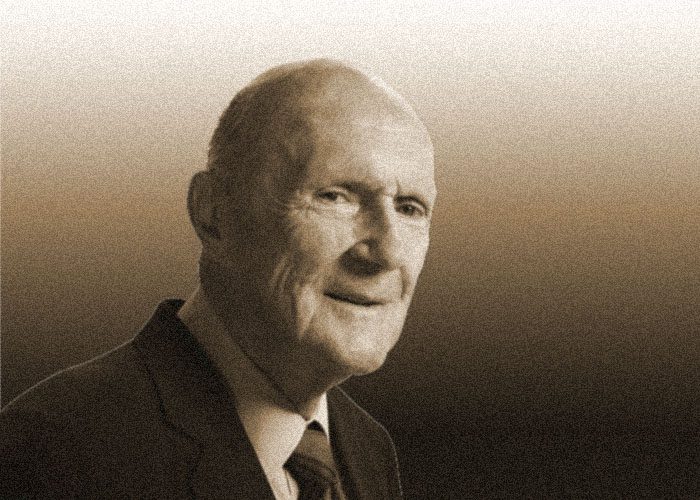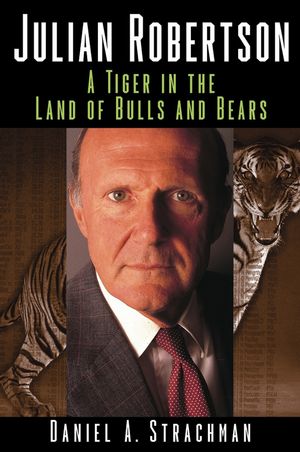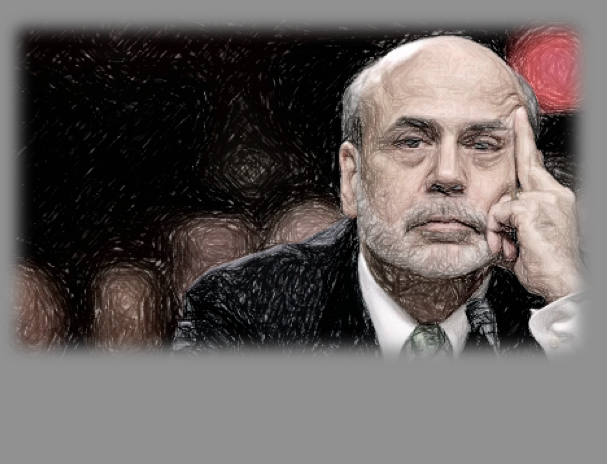Few hedge fund managers could be said to have had a greater formative impact on the industry than hedge fund legend, Julian Robertson, formerly of Tiger Management Corp. In fact, it would be fair to say that were it not for the runaway success of Roberton’s Tiger Fund in the 1980s, the hedge fund industry as we know it today would probably not exist.
After graduating from the University of North Carolina, Robertson went on to serve as an officer in the US Navy before going to work as a stockbroker for Kidder Peabody. Here, he honed his investment ideas and acumen, building up an enviable network of investment contacts. This gave him the confidence, and the wherewithal, to start his own Tiger Management hedge fund – which at that point was a relatively obscure and unfashionable investment model – with starting capital of $8 million.
Between its launch in 1980 and its peak in 1998, the Tiger fund grew to have over $22 billion in assets under management, delivering a gross annual return of 31.5% per year on average. In 1986, his fund was profiled in an article in Institutional Investor magazine, which highlighted the fact that his fund was outperforming comparable mutual funds by a massive amount. In fact, the publicity generated by this article highlighting the remarkable double-digit success of his Tiger fund was to prove the main catalyst for the flood of money that came into hedge funds during the late 1980s and early 1990s.
Then, just as the tech bubble was expanding, a few bad investments – including a particularly ill-advised bet on US Air, coupled with a failure to cash in on the rapid rise of tech stocks, saw his fund make losses of 4% in 1998 and 19% in 1999 – forcing the closure of one of the biggest hedge funds in the world the following year.
Robertson’s rationale for steering clear of tech stocks was that his philosophy meant that he tended to avoid what he considered to be ‘irrational investing’, and although he was eventually proved right with the bursting of the tech bubble, his fund wouldn’t be around long enough to see it through.
Robertson’s investment approach
Robertson is primarily a macro investor, and his approach can be summarized as follows: do a lot of homework, find a smart idea, and ‘bet the farm’ on it. Talking of his approach in the late 1990s, Robertson had the following to say:
our mandate is to find the 200 best companies in the world and invest in them, and find the 200 worst companies in the world and go short on them. If the 200 best dont do better than the 200 worst, you should probably be in another business.
Ironically, this is just what happened shortly after, but he has remained a hugely influential figure. Even though he stopped taking money from other investors when the Tiger fund closed in 2000, he has remained a hugely successful investor of his own money, and in the 8 years following the collapse of Tiger, he has seen a total return of over 400% on his personal investments. Furthermore, he was one of the few people in the hedge fund industry to correctly predict the financial crisis, a full two years before it hit.
But while the Tiger fund itself may be defunct, Robertson’s highly influential trading philosophy has lived on in the form of what he has termed his ‘Tiger Cubs.’ After Tiger Management folded, many of his analysts and money managers started their own funds, nicknamed ‘Tiger Cubs’ due to their former affiliations to Tiger Management, and many of the principles, research, and investment methodologies instilled by Robertson at Tiger live on in mutant forms at a number of other hedge funds. Some of the more successful of the Tiger Cub managers include John Griffin of Blue Ridge Capital, Andreas Halvorsen of Viking Global, Lee Ainslie of Maverick Capital, and Stephen Mandel of Lone Pine Capital.
When the Tiger fund was unwound, Robertson also gave a handful of his younger analysts start-up money for their own funds, and continued to act as a mentor to them. Two of the best-known of the seeded Tiger Cubs include Chase Coleman’s Tiger Global – which could boast a 7 year average return of over 43% in 2007, and Bill Hwang’s Tiger Asia. In addition, hedge fund portfolio replicator Alphaclone even created a Tiger Cub clone portfolio that beat the S&P 500 by an average of 15% between 2000 and 2008 by cloning the positions of all the Tiger Cub hedge funds.
Although he is now retired from the hedge fund business, Robertson is actively involved in managing his own money and monitoring his stakes in the seeded Tiger Cub funds, and regularly exchanges views with his former proteges. In addition, he is highly active as a philanthropist, serving on the boards of several charities and making sizeable donations. He is also quite active in the media, giving his opinions on the markets to major financial news outlets such as Bloomberg and CNBC.
In recent years, Robertson and his Tiger Cubs have been particularly keen on internet and media stocks, including Google, Facebook, and eBay. Perhaps this is a recognition of where he went wrong in missing out on the tech boom of the late 1990s, or perhaps it could be that he now believes that the industry has entered a phase of maturity where it is finally living up to the hype – and in fact has the potential to grow massively in the coming years.
In spite of the high-profile failure of his Tiger fund, over the course of his career Julian Robertson has proven to be an absurdly shrewd investor, generating spectacularly consistent – and consistently spectacular – returns, and carried on his legend through the Tiger Cubs.
If you’d like to find out more information about Julian Robertson and Tiger Management, I highly recommend that you check out Daniel Strackman’s book “Julian Robertson: A Tiger in the Land Of Bulls And Bears.”
I am a writer based in London, specialising in finance, trading, investment, and forex. Aside from the articles and content I write for IntelligentHQ, I also write for euroinvestor.com, and I have also written educational trading and investment guides for various websites including tradingquarter.com. Before specialising in finance, I worked as a writer for various digital marketing firms, specialising in online SEO-friendly content. I grew up in Aberdeen, Scotland, and I have an MA in English Literature from the University of Glasgow and I am a lead musician in a band. You can find me on twitter @pmilne100.














































